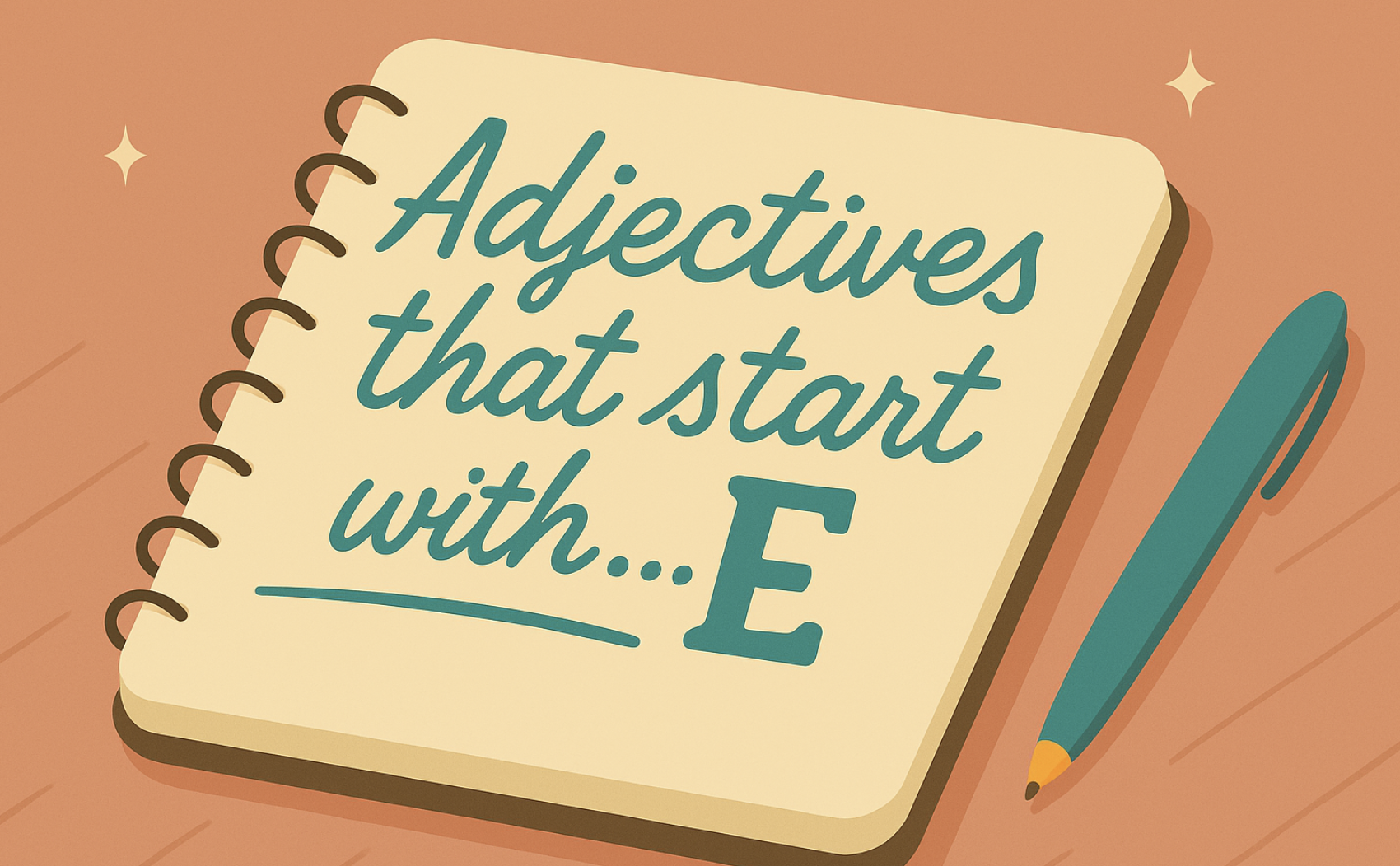Have you ever been told that there are strict rules you need to follow when writing? Maybe you’ve heard that every sentence must be grammatically perfect, or that stories can only belong to one genre. Well, here’s a little secret—some of the best writers break these rules all the time.
Bending conventions isn’t just about being rebellious; it’s about using your creativity to enhance your storytelling. Sure, there are guidelines that help make your writing clear and polished, but knowing when—and how—to break those rules can turn a good story into a great one. So, if you’ve ever felt trapped by the so-called “rules” of writing, you’re in the right place. Let’s explore how bending conventions can give your writing that extra edge and captivate your readers in ways you never thought possible. Ready to break the mold? Let’s dive in!

Mastering the Basics: Why Writing Conventions Matter Before You Break Them
Before you can bend the rules, it’s important to understand what they are and why they exist. Writing conventions are the agreed-upon practices that make reading a seamless experience for your audience. Things like grammar, punctuation, sentence structure, and even genre expectations all fall under this umbrella. These conventions help readers follow your narrative without confusion, guiding them through your story with ease.
Think of writing conventions as the foundation of a house. Without a solid structure, your story might collapse under the weight of reader misunderstanding or lose its intended meaning. Readers are used to certain norms, like how quotation marks indicate dialogue or how a story typically follows a beginning, middle, and end. These essential elements make sure your writing is clear and engaging, keeping the reader on track.
But here’s the thing: while conventions are essential, they’re not set in stone. The more experienced you become as a writer, the more you’ll realize that these “rules” can sometimes be bent to create unique narratives and leave a lasting impact on your readers. The key is knowing when to follow them and when it’s time to shake things up.
Understanding these conventions is the first step in knowing how to bend them effectively. It’s like learning to play an instrument—once you know the basics, you can start improvising and making music that’s entirely your own.
When to Bend Book Writing Conventions
Once you’ve mastered the basics, it’s time to have some fun. Bending writing conventions isn’t about breaking the rules just for the sake of it—it’s about using those rules to your advantage and creating something that stands out. Great writers know exactly when to bend conventions to amplify their stories, evoke emotions, or catch readers off guard in the best way possible.
Think of authors like Cormac McCarthy, who famously avoids traditional punctuation like quotation marks in dialogue. It’s a bold choice that could easily confuse readers, but in McCarthy’s hands, it creates a distinct, raw, and immersive narrative style. The very emphasis and lack of punctuation pull readers deeper into the flow of the story, forcing them to engage more actively with the text. It’s a risk, but one that pays off by setting his work apart.
Another example: E.E. Cummings often played with sentence structure and grammar to create rhythm and mood in his poetry. By bending the rules, he infused his work with a sense of spontaneity and emotion that traditional forms wouldn’t have allowed. These writers knew the rules inside and out, but they also knew when to stretch them to create something truly original.
As a writer, bending conventions can be a powerful tool. Maybe you want to write a scene that feels chaotic, and you use fragmented sentences to reflect that. Or perhaps you’re crafting a dialogue-heavy story and decide to drop quotation marks altogether, focusing on the flow of conversation rather than the structure. The key is to always have a reason—your choices should enhance your story, not distract from it.
So, when should you bend the rules? Here are a few moments when it might work to your advantage:
- When it serves your story’s emotion or mood: Use unconventional sentence structures or punctuation to mirror the emotional intensity or confusion of a character.
- When it creates a unique narrative voice: If you’re writing in a way that demands a fresh, distinct style, bending conventions can help make your work stand out.
- When it challenges reader expectations: Sometimes breaking a rule in the middle of your story can jolt the reader’s attention and deepen their engagement.
Remember, bending conventions isn’t about ignoring the basics but about pushing boundaries to create a more dynamic and memorable reading experience. Just make sure you’re doing it with intention and purpose—because when it works, it works.
Your Publishing Journey Awaits – Start NowBlending Genres: The Art of Genre-Bending
If you’ve ever read a novel that feels like it doesn’t quite fit into one category, you’ve likely experienced genre-bending at its finest. Genre conventions—like writing conventions—provide structure, but blending genres can open up new creative possibilities and captivate readers in unexpected ways. Writers who mix genres often do so to create something fresh, offering a narrative that appeals to a wider audience or provides a unique twist on traditional storytelling.
Take a book like The Night Circus by Erin Morgenstern. Is it fantasy? Historical fiction? Romance? The beauty of the novel lies in its ability to weave together elements from multiple genres, creating a story that feels rich and layered, full of magical realism and complex relationships. Genre-bending doesn’t just break the mold; it expands it, allowing you to tell stories that don’t fit neatly into one box.
Blending genres is a way of saying, “Why choose one when you can have both?” By incorporating key elements from different genres, you can create something entirely new and engaging. For example, combining the emotional depth of literary fiction with the fast-paced action of a thriller can result in a gripping story that resonates on multiple levels. Or, mixing science fiction with romance can introduce readers to a futuristic world while still focusing on character relationships and emotional stakes.
Here’s how genre-bending can benefit your writing:
- It breaks expectations: Readers may start your story thinking they know what’s coming, but blending genres can surprise them and keep them hooked.
- It offers creative freedom: Genre rules are helpful, but they can also feel limiting. Mixing genres allows you to take what works best from each and leave the rest behind.
- It reaches a broader audience: By blending genres, you can attract readers from different communities. Maybe your romance novel will draw in science fiction fans, or your mystery will appeal to those who enjoy historical fiction.
However, blending genres comes with its own set of challenges. You need to balance the elements carefully so your story doesn’t feel disjointed. The goal is to create a seamless experience, where the genres flow together naturally and the reader isn’t jarred by sudden shifts in tone or style.
The next time you’re working on a story, consider bending a genre or two. Mix the conventions and styles of various genres to explore new storytelling possibilities and offer your readers a truly unique experience. Done well, genre-bending can elevate your story from good to unforgettable.
Creative Writing: Breaking the Status Quo
Creative writing has always been about pushing boundaries, and one of the most exciting aspects of writing is the freedom to break the status quo. The world of creative writing thrives on experimentation—challenging norms, exploring new ideas, and bending the very rules that define traditional storytelling and literature. While some writers find comfort in following established guidelines, others have made their mark by stepping outside the lines and daring to write in unconventional ways.
Think about authors like James Joyce or Virginia Woolf, who played with form, structure, and language to craft stories that broke new ground. Their works don’t follow a predictable pattern, but that’s what makes them stand out. They didn’t just write to fit within the established literary norms—they used their creativity to reshape the narrative landscape. By challenging what was expected, they created stories that felt fresh and innovative.
So, how can you use creative and writing skills to break the status quo in your own work? Here are a few ideas:
- Experiment with narrative structure: Instead of sticking to the standard beginning, middle, and end, try telling your story in reverse or using non-linear timelines to engage your reader in a unique way.
- Play with perspective: Can your story benefit from a different point of view? Maybe you want to shift from first-person to second-person narration or switch between multiple narrators to give your readers a fuller view of your story.
- Challenge traditional dialogue: Consider how you write dialogue. What happens if you remove quotation marks or let the conversation flow without tags? You may find that breaking from convention adds depth to the voice of your characters and the overall tone of your piece.
Breaking the status quo in creative writing isn’t about ignoring what works—it’s about a deep understanding of the rules so you can bend or break them in ways that enhance your story. The most compelling writers are those who aren’t afraid to take risks, trust their instincts, and let their creativity lead them into uncharted territories.
Your Publishing Journey Awaits – Start NowThe key is to make sure your experimentation serves your story and resonates with your readers. There’s a fine line between being experimental and being confusing. When done right, however, challenging conventions through creative writing can breathe life into your narrative and offer readers a fresh, exciting experience.
So, don’t be afraid to push back against the status quo. The next time you sit down to write, ask yourself: What rules can I bend to make my story stand out? After all, creative writing is all about finding your voice and sharing your unique perspective with the world.
Playing with Sentence Structure: Crafting Rhythm and Meaning
One of the easiest ways to start bending the rules in writing is through sentence structure. While we’re often taught to write in neat, grammatically correct sentences, playing with structure can be a powerful tool to create rhythm, build emotion, or convey words with a deeper meaning. Experienced writers know that sometimes, breaking free from traditional sentence forms can elevate a story to a whole new level.
Take, for example, the stream-of-consciousness technique used by authors like Virginia Woolf or William Faulkner. These writers deliberately eschewed typical sentence structures to dive deep into the minds of their characters, mimicking the erratic flow of human thoughts. The result? A more intimate, emotional reading experience that pulls readers right into the psyche of the characters.
But you don’t have to write an entire novel in this style to benefit from bending sentence structure. A well-placed sentence fragment or an intentional run-on can help you emphasize key emotions or ideas. Imagine you’re writing a scene filled with tension—a sudden series of short, choppy sentences can mirror the character’s anxiety, giving the reader a palpable sense of unease. On the other hand, long, flowing sentences can convey a sense of calm, introspection, or even exhaustion.
Here are a few examples of ways you can experiment with sentence structure in your own writing:
- Fragmented sentences: Use sentence fragments to highlight a character’s emotional state or to create a fast-paced, high-energy moment. Example: The room was silent. Too silent. Not a breath, not a sound, just waiting.
- Intentional run-ons: Run-on sentences can mimic the rush of thoughts or speech. They can be particularly effective in dialogue or internal monologue. Example: He couldn’t stop, couldn’t think, couldn’t catch his breath—it was all happening too fast, too much, too soon.
- Unconventional punctuation: Experiment with ellipses, dashes, or even a lack of punctuation altogether to evoke mood or reflect the character’s mental state. Example: She waited… and waited… the ticking of the clock louder and louder in her ears.
The key to bending sentence structure is balance. If you experiment too much, you risk confusing your readers or disrupting the flow of your story. But when used intentionally, playing with sentence structure can add layers of meaning, emphasize key moments, and create a rhythm that mirrors the emotions and actions of your characters.
The next time you sit down to write, consider how your sentence structure could serve your story’s mood, pacing, and meaning. Remember, bending the rules can be a powerful way to immerse readers in your narrative—just make sure it’s done with purpose!
Bending the Rules: Knowing When and How
Breaking writing conventions can be thrilling, but it’s important to know when and how to do it effectively. Like any tool in your writing toolkit, bending the rules works best when it serves a specific purpose—whether that’s enhancing your narrative, developing your characters, or keeping readers engaged. It’s not about rebelling for the sake of it; it’s about using these breaks from tradition to elevate your storytelling.
One of the first things to keep in mind is that you need to know the rules before you can break them. Mastering and understanding the basics of grammar, structure, and narrative techniques gives you the foundation to make informed decisions when you choose to deviate from them. Think of it like jazz musicians—they study music theory in-depth, but when they improvise, they know exactly how to break the rules without losing harmony.
So, when should you bend the rules in your own writing process?
1 – When it enhances character development: Sometimes, bending the rules helps you develop or dive deeper into your characters. If your protagonist is frantic, disoriented, or under extreme stress, breaking conventional sentence structure or grammar can help convey their mental state. Fragmented sentences or run-on thoughts can mirror how your character is experiencing the world at that moment.
Your Publishing Journey Awaits – Start Now2 – When it emphasizes emotion: Emotion is a powerful driver in storytelling, and breaking conventions can heighten those feelings. Short, clipped sentences can intensify suspense or fear, while longer, sprawling sentences can give the feeling of overwhelming grief or joy. Knowing when to shift from traditional forms can help the reader feel what your characters are going through.
3 – When it engages the reader’s attention: Readers often expect stories to follow a familiar rhythm and pattern. But breaking these expectations—perhaps by jumping between time periods, mixing perspectives, or breaking the fourth wall—can pull readers out of complacency and make them more alert, aware, and engaged. It’s a way to keep your audience on their toes.
However, bending the rules comes with a caveat: make sure it’s intentional. If readers sense that the breaking of conventions isn’t purposeful, they may become confused or feel like the story is off-balance. The key is to strike a balance between creativity and clarity. Every time you bend the rules, ask yourself: Does this choice enhance the story? Is it helping me convey my intended meaning?
Tips for Bending Writing Rules Effectively:
- Master the basics first: Before you break the rules, make sure you understand them. Knowing the foundations allows you to bend them without losing coherence.
- Do it with intention: Every time you bend a convention, have a reason behind it. Does it emphasize a key emotion? Deepen character development? Heighten tension? Make sure the break is working for you, not against you.
- Know your audience: Some readers are more open to unconventional styles than others. Consider how your target audience might react to your decisions and whether they’ll enhance the reading experience for them.
Bending the rules doesn’t mean throwing out structure altogether. In fact, it’s often the strategic breaking of conventions that leads to the most impactful, memorable storytelling. When done well, these creative decisions can make your story more dynamic, engaging, and true to your voice.
So, as you sit down to write, don’t be afraid to ask yourself, “Which rules can I bend to make my story even better?”
Conclusion: Rules Are Meant to Be Bent—Sometimes
At the end of the day, writing is a bit like cooking—sure, there are recipes to follow, but the best dishes often come from a dash of experimentation. The same goes for storytelling. Conventions provide structure, but they’re not handcuffs. Knowing when to bend, twist, or even break a rule can be the secret ingredient that turns your story from good to unforgettable.
Of course, bending the rules isn’t a free pass to throw grammar out the window or abandon structure altogether. Think of it more like adding spice to your writing—too much, and you’ll leave your readers gasping for air; too little, and the story might fall flat. But just the right amount? That’s where the magic happens.
So, master the rules, then feel free to shake things up. After all, some of the most memorable stories are the ones that dared to step outside the box—just make sure you leave your readers savoring every word. Now, go ahead and break a few rules… just don’t tell your high school English teacher!
Excited to show your rebellious side but want some guidance to get there? When you publish with Spines you have support every step of the way so your manuscript can become a reality in no time. Check out your options today!
Your Publishing Journey Awaits – Start Now






